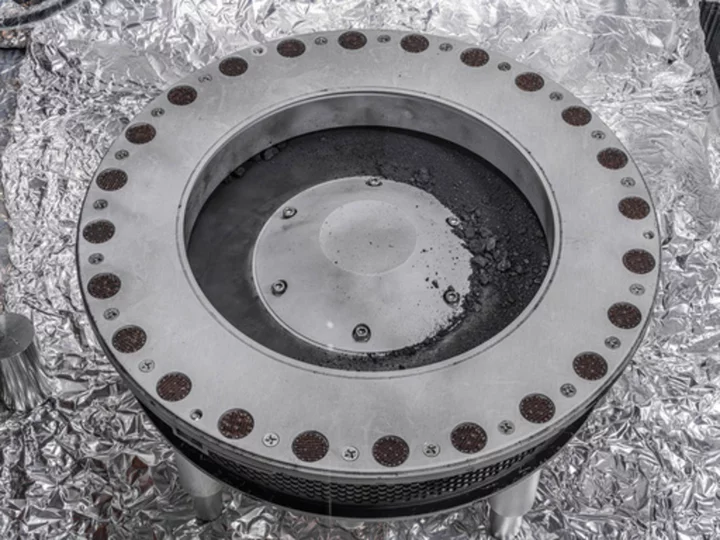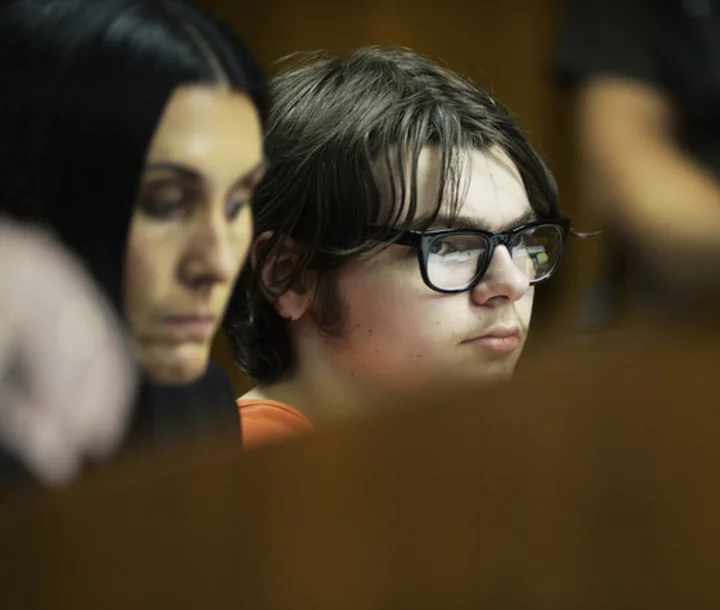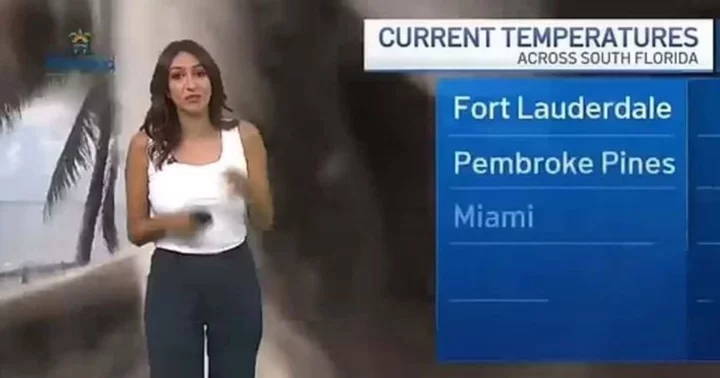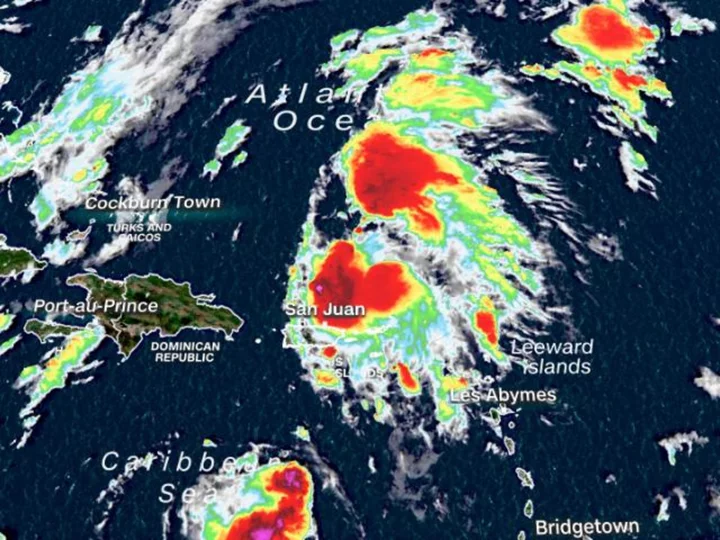Thousands of crime victims each year are confronted with the difficult financial reality of state compensation programs that are billed as safety nets to offset costs like funerals, medical care, relocation and other needs.
Many programs require victims to pay for those expenses first and exhaust all means of payment before they reimburse costs, often at rates that don’t fully cover expenses. The programs also struggle under often unstable funding mechanisms that leave their budgets vulnerable to shortages and the changing priorities of lawmakers, especially those that rely on court fees and fines as their main source or only source of funding.
Pamela White turned to Louisiana's victim compensation board for help when her son, Dararius Evans, was killed in a shooting a few days after Christmas in 2019. She was met with administrative hurdles, a denial that blamed her son for his own death, a lengthy appeal — all while paying up front through a personal loan that gathered interest as she waited.
In the end, White won her appeal and was awarded $5,000 — the maximum amount available at the time, but it didn't cover her full loan or the interest.
As part of a series examining crime victim compensation programs, The Associated Press found racial inequities and other barriers in how many states deny claims. The AP also found victims in a dozen states were the driving force in legislative reforms to address some of those barriers.
Here is a look at key takeaways from the third installment in that series.
PROGRAMS OFTEN PUT THE UPFRONT FINANCIAL BURDEN ON VICTIMSAdvocates say most states’ requirements that victims pay upfront can leave out people living on the edge of financial disaster who are often most vulnerable to a crime.
“So many families often can’t rely solely on that reimbursement model. … Those funds take months to arrive to families,” said Aswad Thomas, vice president of the Alliance for Safety and Justice, a nonprofit working to reform victim compensation and other aspects of the criminal justice system.
Some programs offer to directly pay funeral homes or medical providers. And many states offer emergency awards to help victims through the immediate aftermath of crime, but advocates say those awards are restrictive, capped as low as $500, and are deducted from any later award. About a dozen states don’t offer emergency awards at all.
Programs also require victims to exhaust other payment options first, like insurance, lawsuit awards or even crowdfunding. If a family member or friend starts a GoFundMe drive, it could cause some programs to reduce an award or claw back already granted money.
MANY STATES HAVEN'T INCREASED AWARD AMOUNTS IN DECADESThe Associates Press found that the maximum awards states provide ranged from $10,000 to $190,000, though two states did not have overall caps on awards. Some of those amounts haven't been increased since the 1970s.
Programs have lagged less in raising limits on individual expenses like funerals. But many states don’t offer enough money to cover the actual cost of burying a loved one. The National Funeral Directors Association estimated the median cost of a funeral with burial vault was more than $9,400 in 2021. Only a dozen states offer enough to cover that median cost.
FUNDING FOR STATE PROGRAMS IS OFTEN UNSTABLEAbout a dozen states get most or all of their funding from recurring state budget dollars. But many states have put the onus of paying for the programs on people in the criminal justice system – court fines, taking a percentage of prisoner wages or prison commissary fees.
Those funding streams can fluctuate greatly. Temporary court closures early in the COVID-19 pandemic, and well-intentioned prison and criminal justice reforms aimed at reducing incarceration have caused shortfalls in some states that rely heavily on court or prison fines and fees for funding.
A handful of state legislatures have used one-time general fund infusions to plug budget holes created by the downstream effects of those reforms. In Hawaii, shortfalls nearly caused the compensation program to close in 2022 until an influx of general funds “saved” the program, according to an annual report.
___
Catalini reported from Trenton, New Jersey. Lauer reported from Philadelphia.
___
The Associated Press receives support from the Public Welfare Foundation for reporting focused on criminal justice. The AP is solely responsible for all content.









